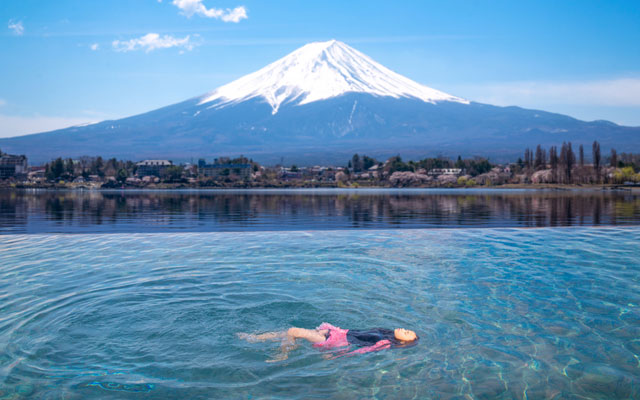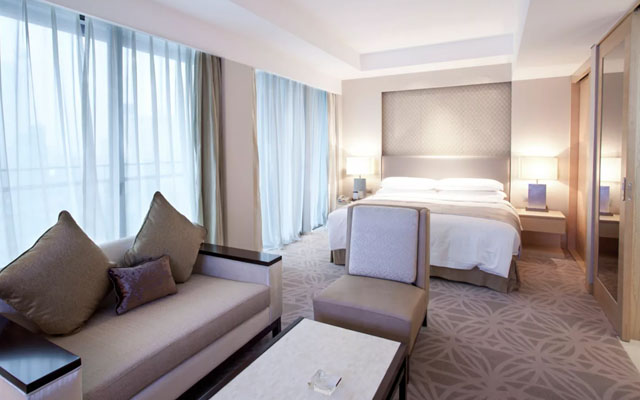With Japan’s borders closed to most nations, the country’s high-end inbound tourism is not expected to bounce back until 2022 at the earliest, predicts local luxury travel players.
Yuko Inamasu, representative of high-end cultural experience provider Toki, says interest in Japan remains high among Asia countries, especially Hong Kong. If travel bubbles are established, Toki’s focus will be the Asia market for the rest of 2021 and the rest of the world from spring 2022.

Hiro Miyatake, co-founder and COO of Bear Luxe Corporation, a network connecting Japanese luxury travel suppliers and global travel designers, says 2022 is the “concrete bet” for when the country’s luxury travel rebound will occur, although “the majority of clients are eager to travel to Japan as soon as borders open”.
Luxury travellers who visit post-pandemic are likely to want longer stays in fewer destinations as well as more authentic experiences with a stronger focus on responsible travel.
Miyake predicts visitors will have a more “slow and deliberate” approach and a desire for “meaningful and mindful travel”. There is also likely to be increased demand for social, sustainable and ecological travel, according to Inamasu.
Another priority for the high-end visitor is community engagement, making Japan well-placed to meet their needs. The uptick in unique accommodations, from traditional ryokans to boutique hotels and luxury villas, has seen many lodgings promote their community, including craftspeople, artisans, chefs and farmers.
Japanese destinations that showcase their unique local characteristics can expect to fare well, said Miyake, noting the growing interest among luxury travellers for “gastronomic experiences, not just dining in a special restaurant, but also in learning about farm-to-table (initiatives).”
First-time visitors are expected to continue to prioritise Tokyo, Kyoto, Osaka, Hiroshima and Mount Fuji, but they may also be more interested than before in exploring the regions due to greater ease of social distancing and the slower pace away from crowds.
Among repeaters, Toki is seeing growing demand for rural areas as well as Niseko in Hokkaido, and Okinawa. Bear Luxe is also enjoying interest in Niseko as well as Nikko (Tochigi Prefecture), Setouchi (Okayama Prefecture) and Kyoto, which Miyatake attributes to the investment and development of Japanese luxury hotels in these areas, which was triggered by Tokyo’s hosting of the Olympics.




















